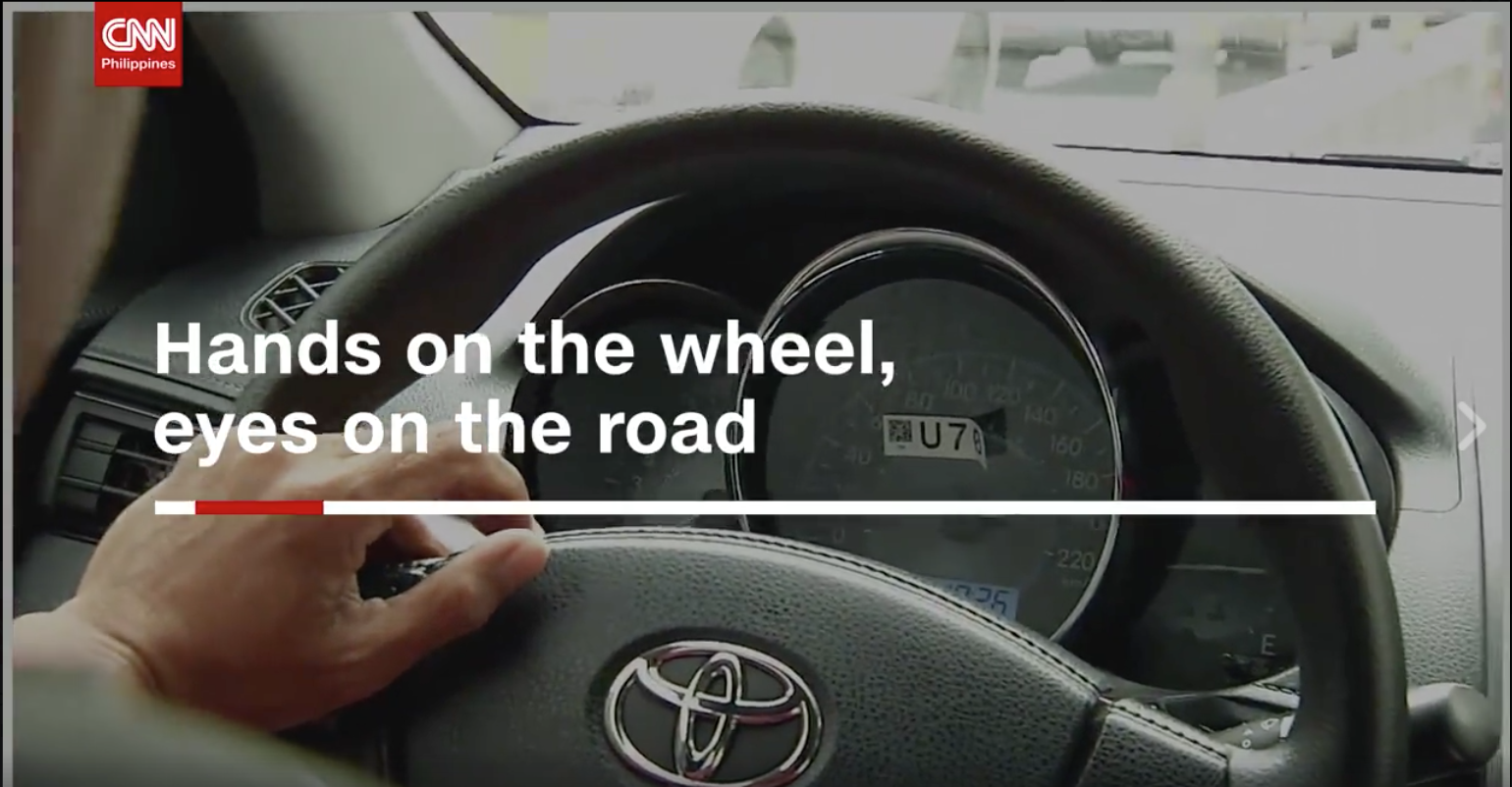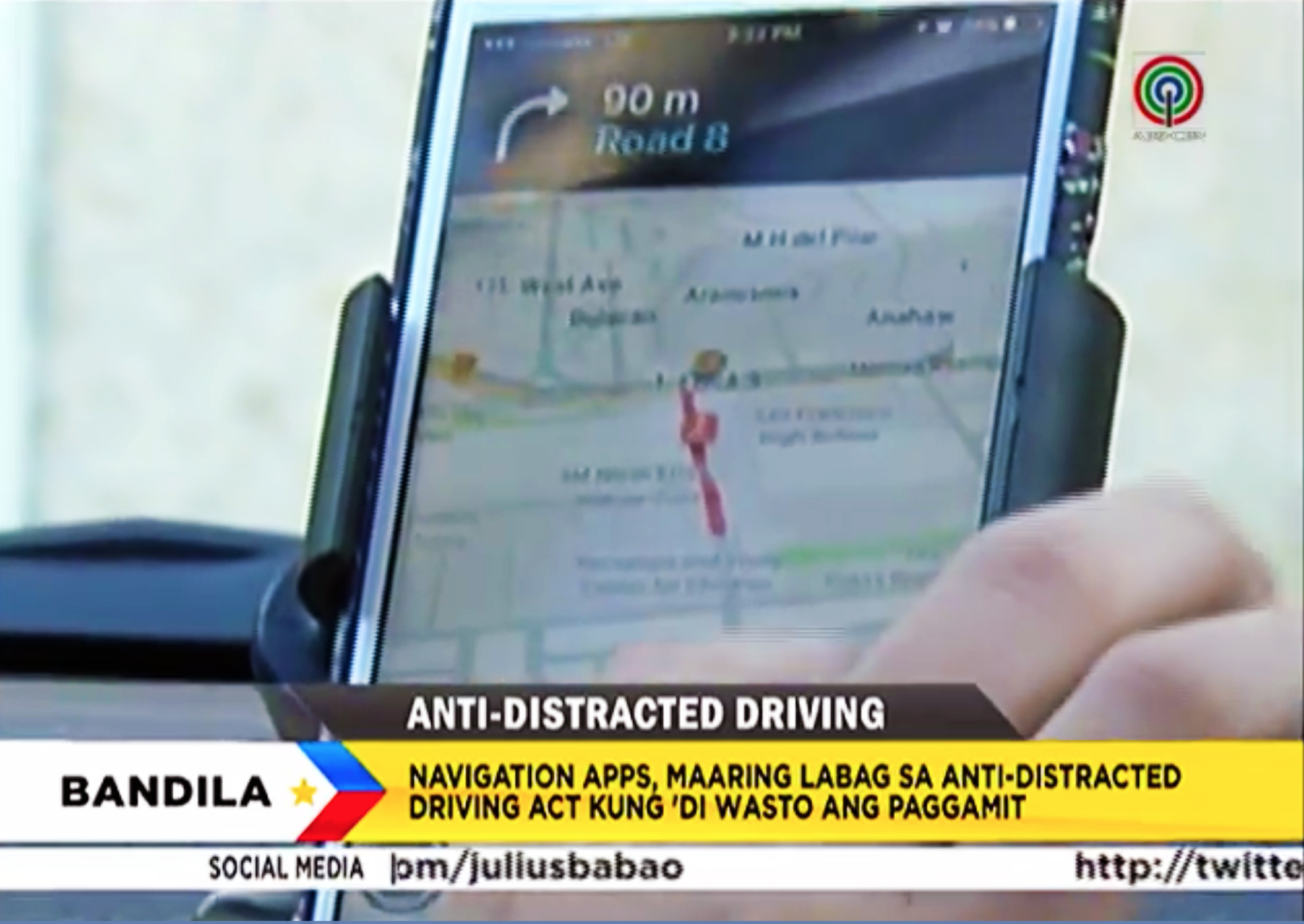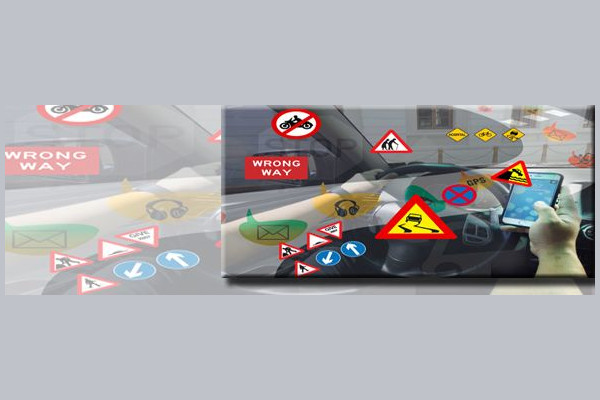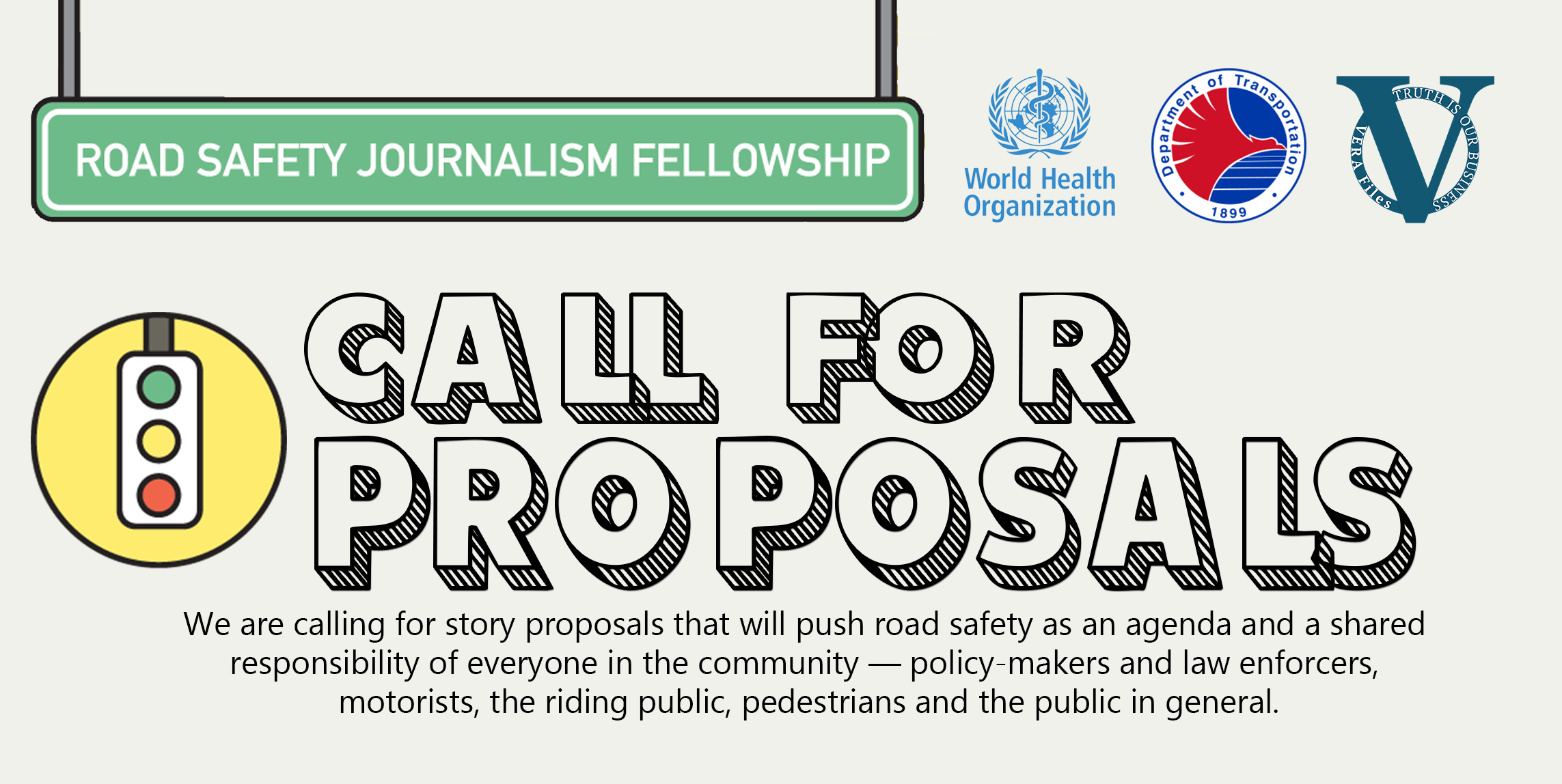A new law banning motorists from using mobile electronic devices while driving takes effect Thursday in a bid to curb road crashes, cited by health officials as a “growing threat to road safety.”
The implementing rules and regulations for Republic Act 10913 or the “Anti-Distracted Driving Act,” which became law in July 2016, were published on May 3, 2017 and take effect May 18, according to the Department of Transportation.
It prohibits motorists from using electronic devices on public roads while driving, or even if temporarily stopped at a traffic light.
The law covers drivers of all public, private and diplomatic vehicles, including bicycles, motorcycles, pedicabs, “kuliglig” (small farm tractors), “habal-habal” (motorcycle taxis) and even “wagons, carriages, carts, sledges, and chariots, whether animal- or human-powered.”
R.A. 10193 is aimed at preventing road crashes caused by distracted driving, which the World Health Organization (WHO) said in its 2015 Global Status Report on Road Safetyis a “serious and growing threat to road safety.”
The WHO also said drivers talking on a cell phone are four times more likely to get into a crash than a driver who isn’t on the phone.
The law defines distracted driving as:
- “Using a mobile communications device to write, send, or read a text-based communication, or to make or receive calls, and other similar acts; and
- “Using an electronic entertainment or computing device to play games, watch movies, surf the internet, compose messages, read e-books, perform calculation, and other similar acts.”
Drivers are required to pull over to a safe spot to use their electronic devices.
However, the law does allow for hands-free use of a cell phone through an earpiece or an in-car microphone.
Other exceptions include a motorist using a cell phone in an emergency, such as calling the police, a medical professional or the fire brigade, and an emergency responder using a cell phone while driving to an emergency call.
In a press statement, the Department of Transportation said motorists may also use cell phone mounts on the vehicle’s gauge cluster or center console, as long as these do not obstruct the view of the driver.
However, Land Transportation Office Edgar Galvante said in a May 17 press conference that they are discouraging the use of cell phone mounts as these could still be sources of distraction.
“Ang reminder lang sa kanila, kung kailangan gamitin ang gadget ninyo, tumabi kayo,” he said. “Kahit na idikit niyo kung saan, kung anyway you’re looking at it, your attention is distracted. That is a violation.”
[Translation: My reminder to them is that if they need to use their gadgets, pull over. Even if you stick that anywhere in the car, if you’re looking at it anyway, your attention is distracted. That is a violation.]
The WHO said in its report that hands-free phones do not have a significant advantage over hand-held phones because of the distraction that it poses.
Galvante added that motorists who use navigation apps, such as Waze or Google Maps, must set their destination before they drive off. He said if they need to change their route, they must pull over as well.
However, Galvante said dash cameras, which are used as evidence in road crashes, can be mounted behind the rear-view mirror or in the middle of the dashboard.
Violators will be fined ₱5,000 for the first offense, ₱10,000 for the second offense, ₱15,000 and a 3-month driver’s license suspension for the third offense, and ₱20,000 and a revocation of the driver’s license for the fourth offense.
In addition, public utility vehicle (PUV) drivers who commit an offense within 50 meters of a school will get a ₱30,000 fine and a 3-month license suspension.
Under the law, PUV owners and operators will share the fine for offenses committed by their drivers unless they can prove that they “exercised extraordinary diligence in the selection and supervision of (their) drivers in general, and the offending driver in particular.”
Both hands on the wheel
Alberto Suansing — Secretary-General of the Philippine Global Road Safety Partnership, a non-government road safety group — told CNN Philippines the law is a good measure for improving road safety in the country.
“Although there is no data yet on crashes caused by distracted driving, I believe there will be a big reduction because of this law,” he said.
“Studies have shown that operating a phone is the second-leading cause of distracted driving, with driving while sleepy or under the influence of alcohol or drugs being number one,” he added.
However, Suansing said the provision on not being allowed to use electronic devices while stuck in traffic is too much. He said the law’s focus is about keeping drivers’ hands on the steering wheel while the car is in motion.
The former Land Transportation Franchising and Regulatory Board chair also said the law shouldn’t be a problem for drivers of Transport Network Vehicle Services like Grab and Uber, who use smartphones for their jobs.
“Just move it away from your line of sight or pull over if you need to manipulate it,” he said.
In a press statement, Grab Philippines reminded its partners to strictly comply with R.A. 10913.
“We have distributed materials to our drivers to make sure they know what they can and cannot do based on the newly implemented anti-distracted driving law,” Grab Philippines head Brian Cu said. “We know that driving with their phones is critical for Grab drivers because it’s a main tool for their livelihood, but there are ways that we can make sure that they comply with the law.”
Cu added that Grab Philippines welcomes the law as it promotes safety not only for drivers, but for passengers and pedestrians as well. He also said the new law will have minimal impact on the company’s operations.
“Even before the law is implemented, many of our partners and drivers are already using hands-free means to communicate with passengers,” he said.
This story, first published on CNN Philippines, was produced under the Bloomberg Initiative Global Road Safety Media Fellowship implemented by the World Health Organization, the Department of Transportation and VERA Files.
CNN Philippines Correspondent Isabella Montano contributed to this report.





